Photography on the Trail
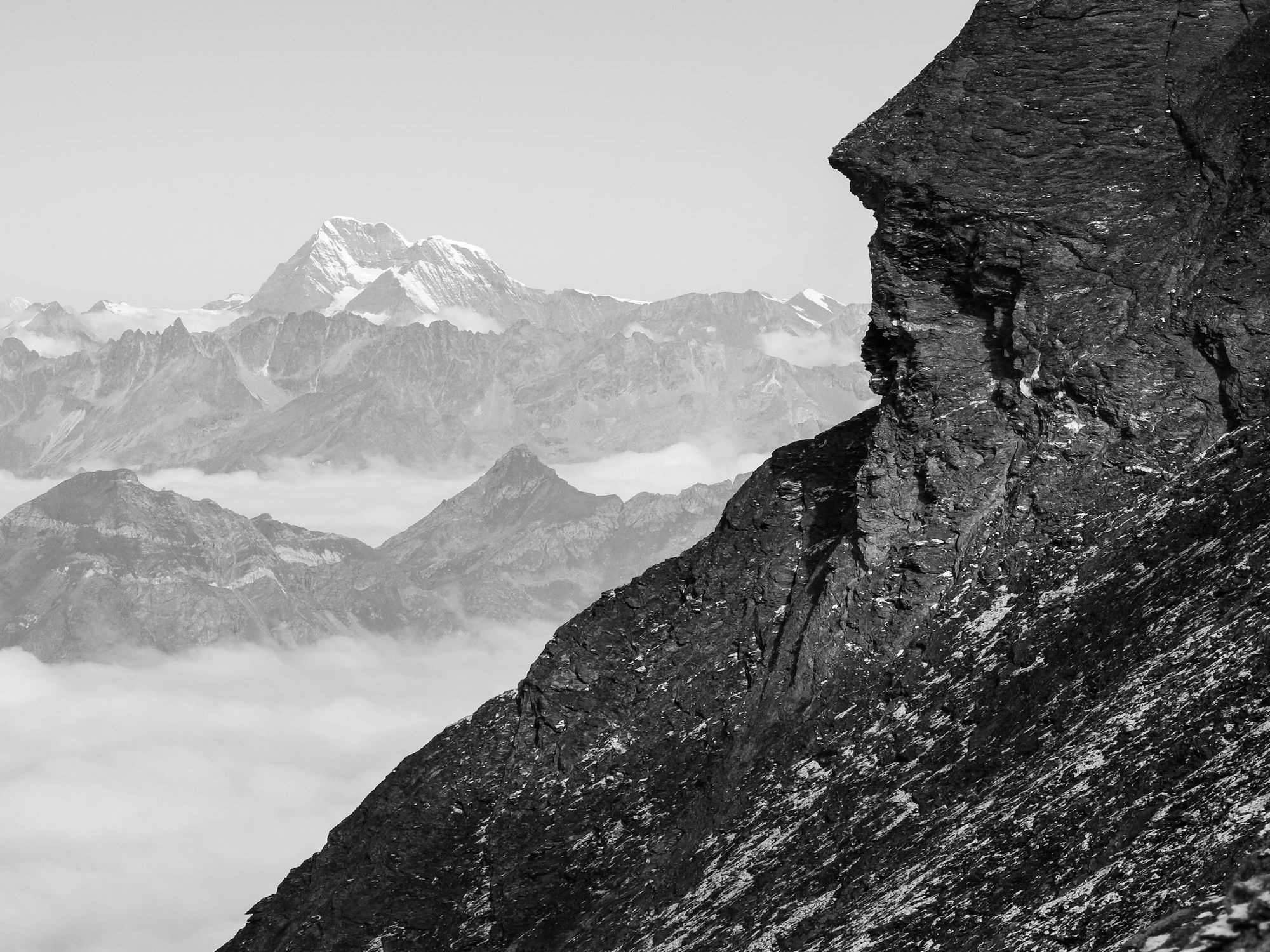
You don’t need a ton of gear to create meaningful images on a long-distance trail. Sometimes an agile approach can be best.
This feature was first published in On Landscape (Issue 132), February 2017. All images © Alex Roddie.
By its very nature, landscape photography requires the photographer to be outdoors. But what happens when you extend that time in the wild to days or weeks? How does that change your approach to photography, and what are the unique opportunities and challenges involved with taking your camera on a long-distance trail?
Part of my job is to write features on backpacking, hillwalking and mountaineering. I spend a good chunk of each year hiking through remote mountainous country with a rucksack on my back, documenting my adventures with camera and notebook, and this has fundamentally shaped my development as a photographer.
Producing quality landscape photography in a wilderness scenario is a significant challenge. Here’s what I have learned – and why you should take to the hills for an extended period. I believe it’s one of the best ways you can improve your photography.
Image-first or adventure-first
Many landscape photographers are image-first. Getting the image is the objective, and most of the gear in your pack is photography gear. You probably aren’t planning to spend the night on a mountain. The goal is to get to the location, get the shots you want, and get to the pub.
There’s absolutely nothing wrong with that approach, but photography on the trail requires a different mindset. The image is not necessarily the primary objective. This might sound counter-intuitive to some, but the main goal is to have an adventure for its own sake – and, if you play your cards right, you’ll come away with the images you are looking for too.
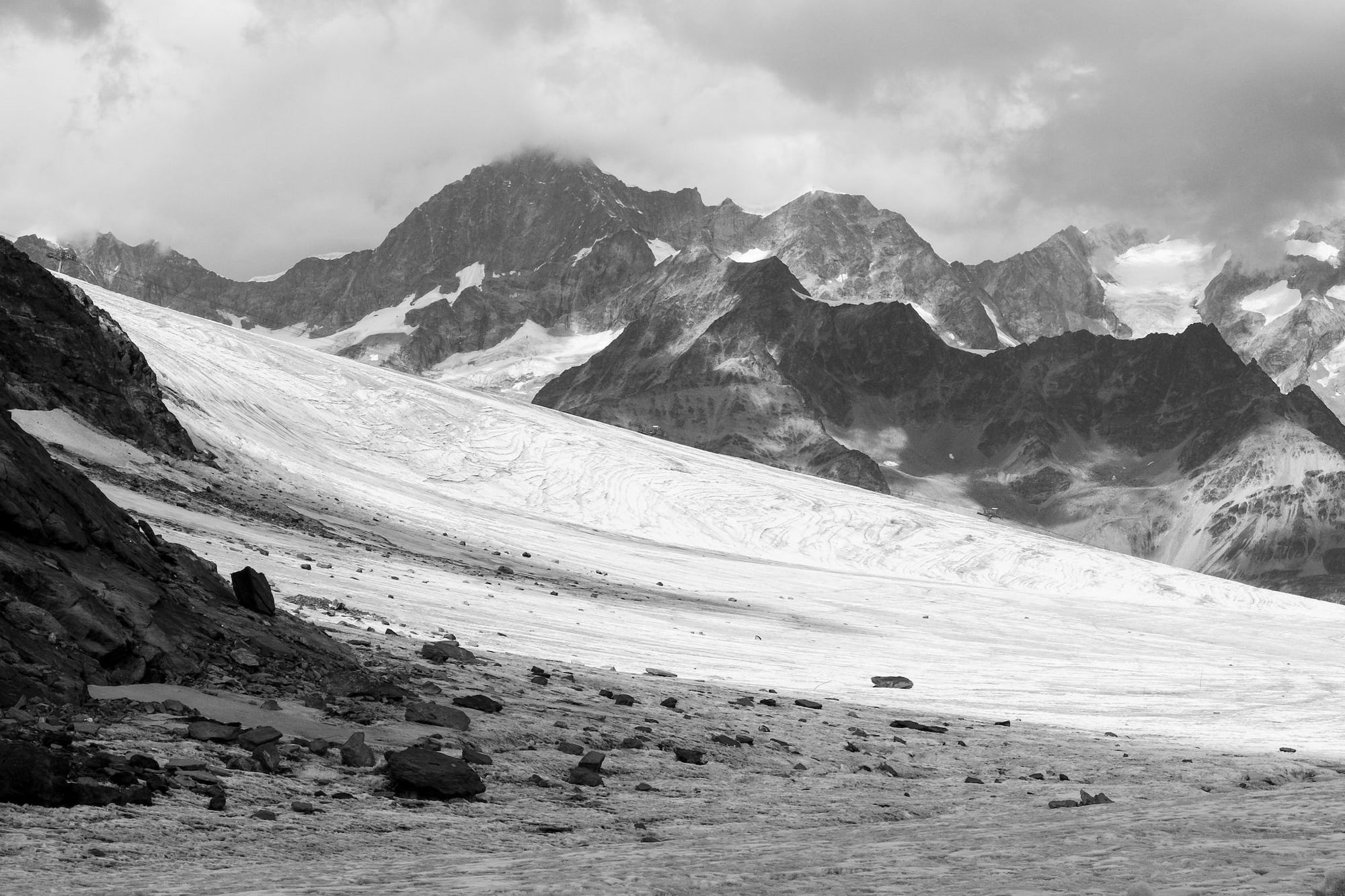
It’s all about giving yourself new opportunities to create images – opportunities that the image-first photographer might never see.
On the trail
Adventure travel comes in many shapes and sizes, but long foot journeys in wild places are what I love to do best. Such journeys offer many opportunities for landscape photography. The roles are reversed. You are no longer travelling to a destination in order to take pictures; you are travelling through a landscape, engaging with it, seeing new things you could never have anticipated. There’s no risk of photographing the same old tired viewpoints on this kind of journey. New scenes, new creative possibilities, are around every corner.
Landscape photographers seek the best light; that’s why we get up early and stay up late. When backpacking through the mountains for an extended period, you’re there for dawn and dusk day after day. While you still have to pay attention to being at the right place at the right time, you are giving yourself more opportunities by being out there for an extended period.
But the fact that it isn’t all about the image makes a surprising difference. Sometimes being 100% focused on getting a specific shot can obliterate everything else from your awareness.
When packing your rucksack you will have to make hard choices – and decide if you truly are an image-first or adventure-first photographerWe all know about the classic (or clichéd?) locations where crowds of photographers can be found setting up their tripods at dawn or dusk, waiting for that shot. If you have travelled from home to get that shot, it may be the only worthwhile shot you get. But if you are passing through on a bigger journey, you will see places other photographers miss – places they may not even be aware of.
For example, there’s a spot on the Trotternish Ridge, Skye, where photographers congregate to capture a view of the road curving beneath soaring pinnacles of rock. In Glen Coe, the Buachaille is said to be the most-photographed mountain in Scotland. Yet both of these locations are on long-distance trails I have completed – and in both cases I’ve found more interesting compositions elsewhere.
Challenges
Photographic equipment is heavy. When you’re trekking through mountains, you need a light pack. There’s a conflict of interest here, and when packing your rucksack you will have to make hard choices – and decide if you truly are an image-first or adventure-first photographer. Regardless of how much equipment you take with you, gear choice is crucial on the trail.
There’s no right or wrong way of going about this, but I take a minimalist approach. I use a mirrorless system camera and carry no more than one additional lens. Sometimes I carry a premium compact instead. My extra equipment is kept to a bare minimum: lightweight camera bag, spare batteries and memory cards, charger, lens hoods and lens cloths, and tripod. UV filters are useful for keeping dirt and moisture away from lens elements.
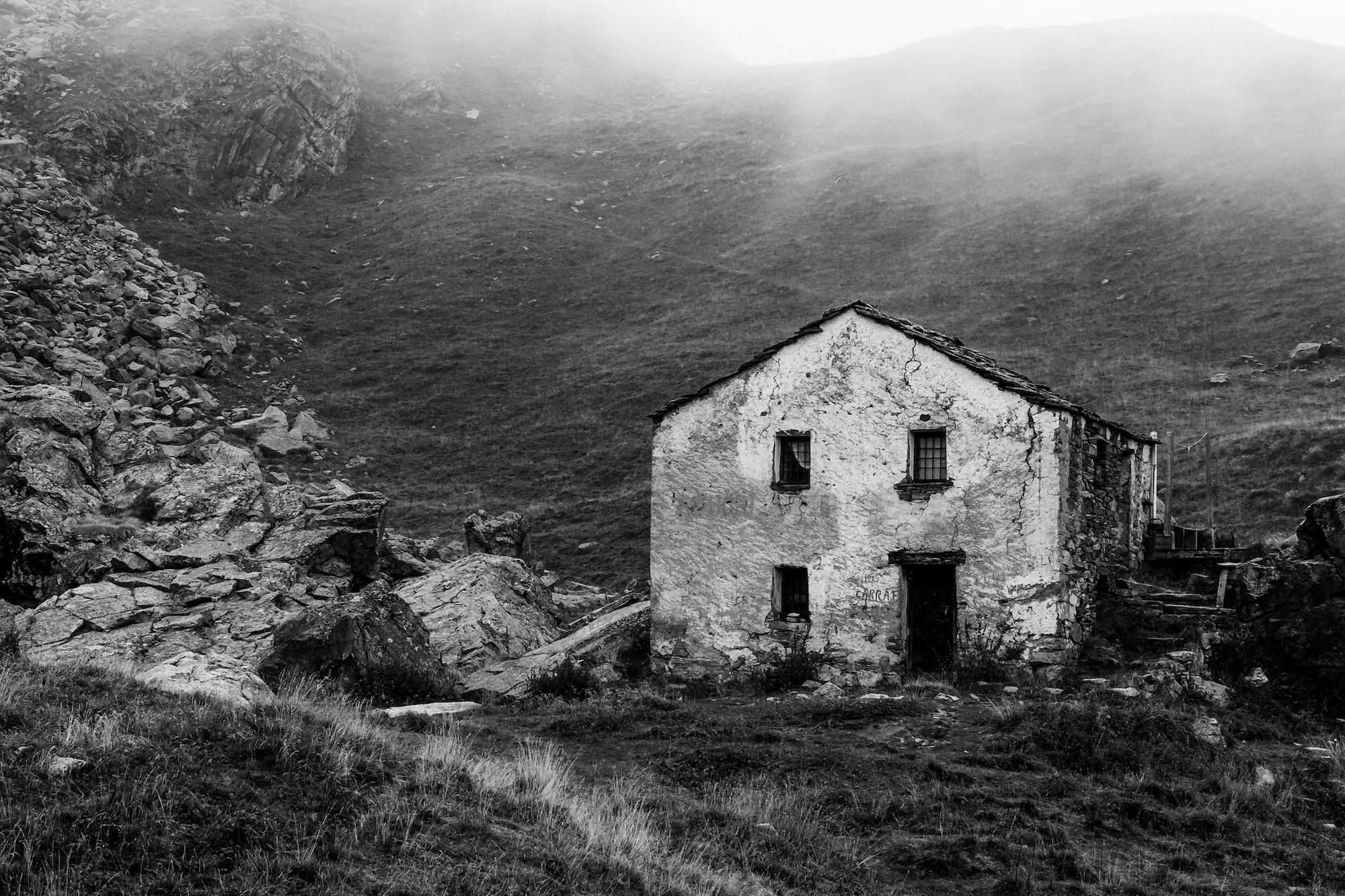
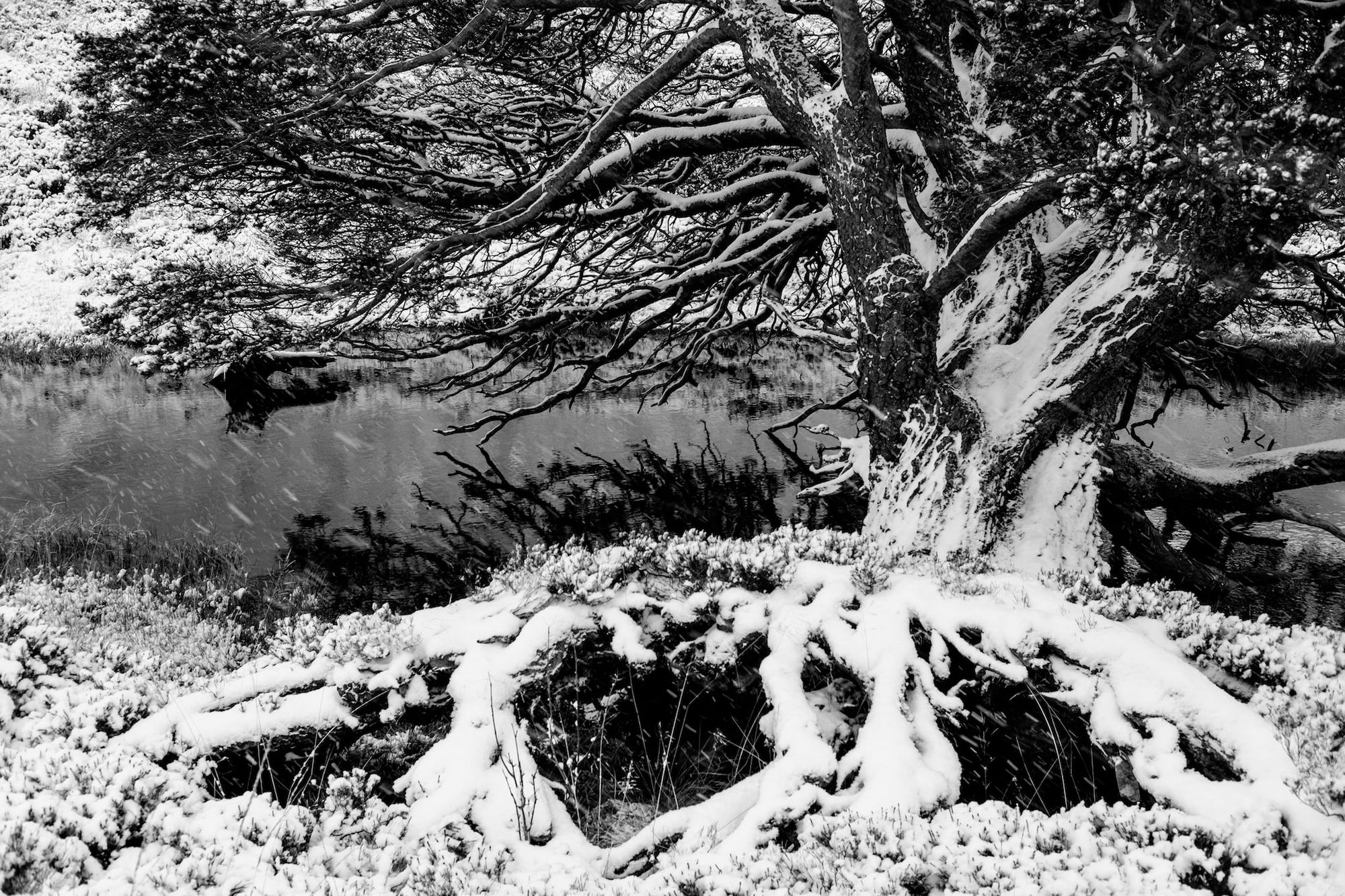
Try to avoid packing two DSLR bodies and half a dozen lenses. Your pack weight will spiral out of control, and on a long-distance trail it’s really important to keep pack weight down. If you can go with one body and one lens, or even a fixed-lens compact, more power to you. Whatever your approach, only take items that you really need (and trust).
Some backpackers will choose to leave the tripod at home and make do with a beanbag or pocket camera support. This can be made to work, but I’ve come round to the view that a lightweight full-height tripod is usually worth the weight. A camera support only a few inches high relies on terrain features such as boulders to get the necessary height for certain shots, and that will really limit you. I have missed shots in the past because I couldn’t achieve what I wanted with a pocket tripod. But don’t pack your everyday heavy tripod: find something that weighs no more than around a kilo. It won’t be as sturdy, but lightweight cameras require less support. That’s one reason why I favour a mirrorless setup for hiking.
Weather-sealed hardware can be useful if venturing into the British mountains, but is not essential. I have wrecked several cheap compact cameras due to water ingress, and although most DSLRs and mirrorless CSCs are more robust, controlling dampness can be a major challenge over a multi-day trek. A weather-sealed camera adds peace of mind although if you are careful about keeping your gear dry it’s quite possible to get by without it.
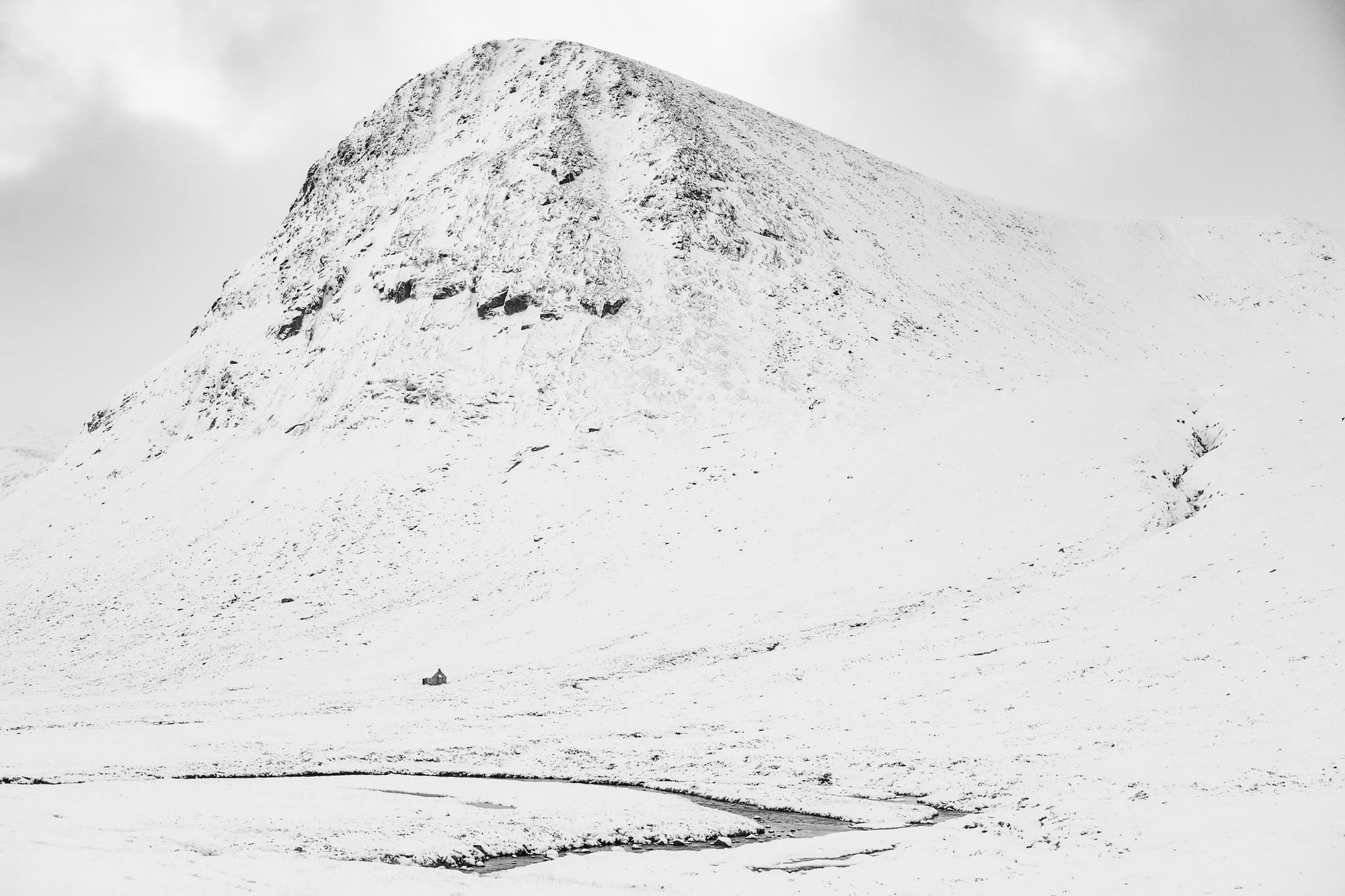
Managing battery life can be a big enough problem for the landscape photographer who rarely walks far from the nearest road, but it’s an even bigger issue on the trail. Carry several spare batteries and top them up whenever you can. Some camera bodies can top up charge via USB from a power bank, which is useful on the trail. Most importantly of all, ration your power. Be more selective with the images you capture, don’t chimp, avoid using live view where possible, and switch the camera off when you aren’t using it. Even the smaller batteries of mirrorless CSCs can last for a surprisingly long time if used wisely. It’s worth being extra cautious in sub-zero conditions. Batteries can appear to drain fast, so keep a spare in a warm inner jacket pocket, ready to swap at a moment’s notice.
If you’re visiting a sunny location, you may benefit from an ultralight solar panel. When used in conjunction with a USB-compatible battery charger, it offers lightweight power on the go. While I’ve successfully used a setup like this in the Pyrenees and the Alps, it’s rarely effective in the UK.
Further reading: Electronics for lightweight and ultralight backpacking
Aside from equipment, there are logistical challenges. You might be used to planning a shot, waiting for the right forecast, knowing when you need to be at a location to get the light you’re after. But time is always pressing on a long-distance trail, and you won’t always have the luxury of waiting for the right weather and light. You’ll be presented with many opportunities, but you may not be able to take full advantage of them all. Turn the situation on its head – don’t think of the shots you have missed, but of the new locations and possibilities you’ve discovered. And sometimes an image taken in imperfect light or poor weather can be made to work in other ways, by choosing an unusual composition or angle.
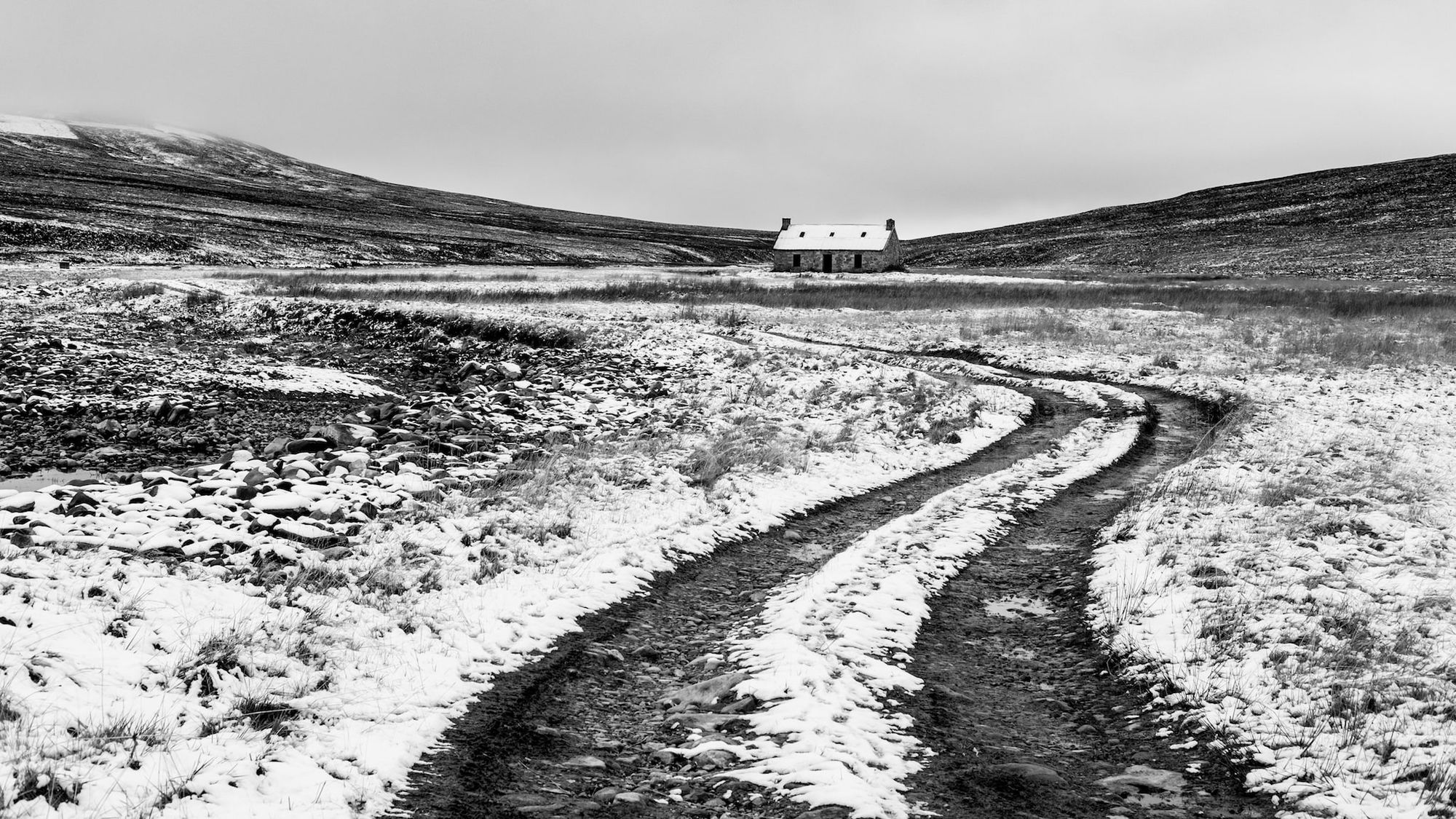
Getting the image
The saying ‘f/8 and be there’ is often used by street photographers to emphasise speed, getting the shot in circumstances where you can’t always achieve technical perfection. But I think there’s another way of interpreting it – a way that has relevance for the backpacking photographer. Not every landscape image has to be painstakingly composed on a tripod in full manual mode. Take a few seconds to visualise the scene, compose handheld, take the shot, and walk on.
Remember, the emphasis is on enjoying the adventure, and time is always the enemy on the trail: getting to the next campsite before dark, getting off the ridge before a thunderstorm blows in, getting to the next town before you run out of food. Stopping 30 times a day to get your tripod out will have a big impact.
Always strive to find the right balance between the adventure and the image. This balance will lie in a different place for everyone, but we can all take another look at our process and speed things up occasionally. Intuition is a huge factor here. The better you are at anticipating and visualising images, the less time you’ll need to spend fiddling with your setup.
Where to hike?
If you are new to hillwalking and backpacking, consider joining a club while you build your experience. Start with less ambitious objectives before gradually stepping up to bigger things. Britain’s mountain areas can be dangerous for the unprepared – always carry navigation equipment (and know how to use it), waterproof and warm clothing, sensible footwear, spare food and water, and camping equipment. For more information, I recommend consulting the online resources provided by TGO Magazine.
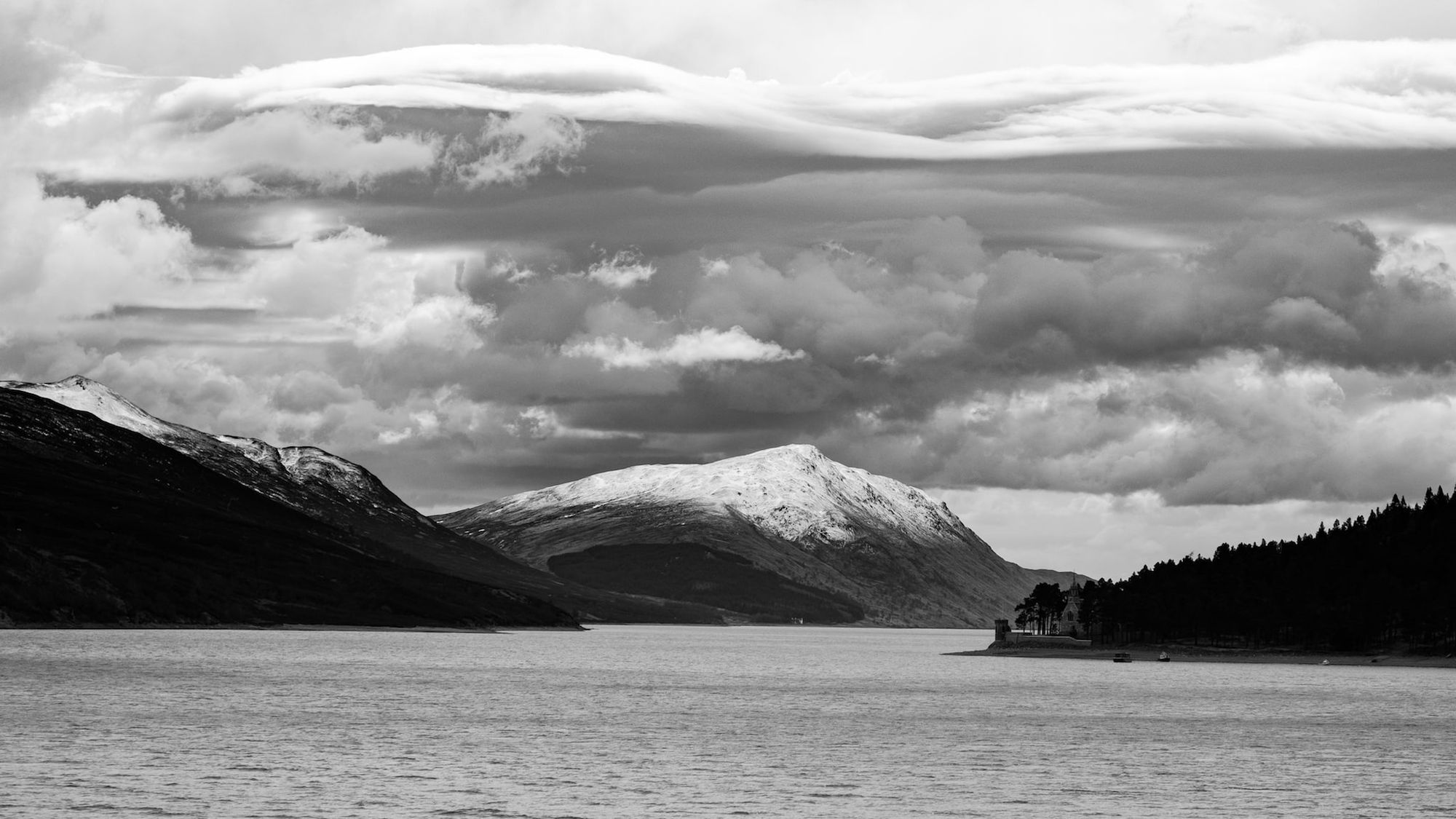
The Scottish Highlands are home to much of the UK’s wild land, and that’s where many of the finest long-distance trails can be found. The West Highland Way is a fantastic 94-mile route from Milngavie to Fort William, passing through classic mountain landscapes including Loch Lomond and the Trossachs, Rannoch Moor, Glen Coe, and Glen Nevis. For the more experienced, the Cape Wrath Trail offers limitless photographic opportunities on its quest north through the wilds of Knoydart, Torridon and Assynt.
In continental Europe, I enjoy backpacking in the Alps. In 2015 I circumnavigated the highest mountain in Switzerland, completing the 100-mile Tour of Monte Rosa, and this turned out to be one of my most productive trips to date, despite only being armed with a small-sensor compact camera (the Fujifilm X30). Many Alpine backpacking routes are relatively beginner-friendly, with well-signposted paths and an excellent network of huts for accommodation. I recommend the Tour du Mont Blanc, a 100-mile circumnavigation of Europe’s highest peak. You’ll need to be fit, though – there’s a lot of up and down!
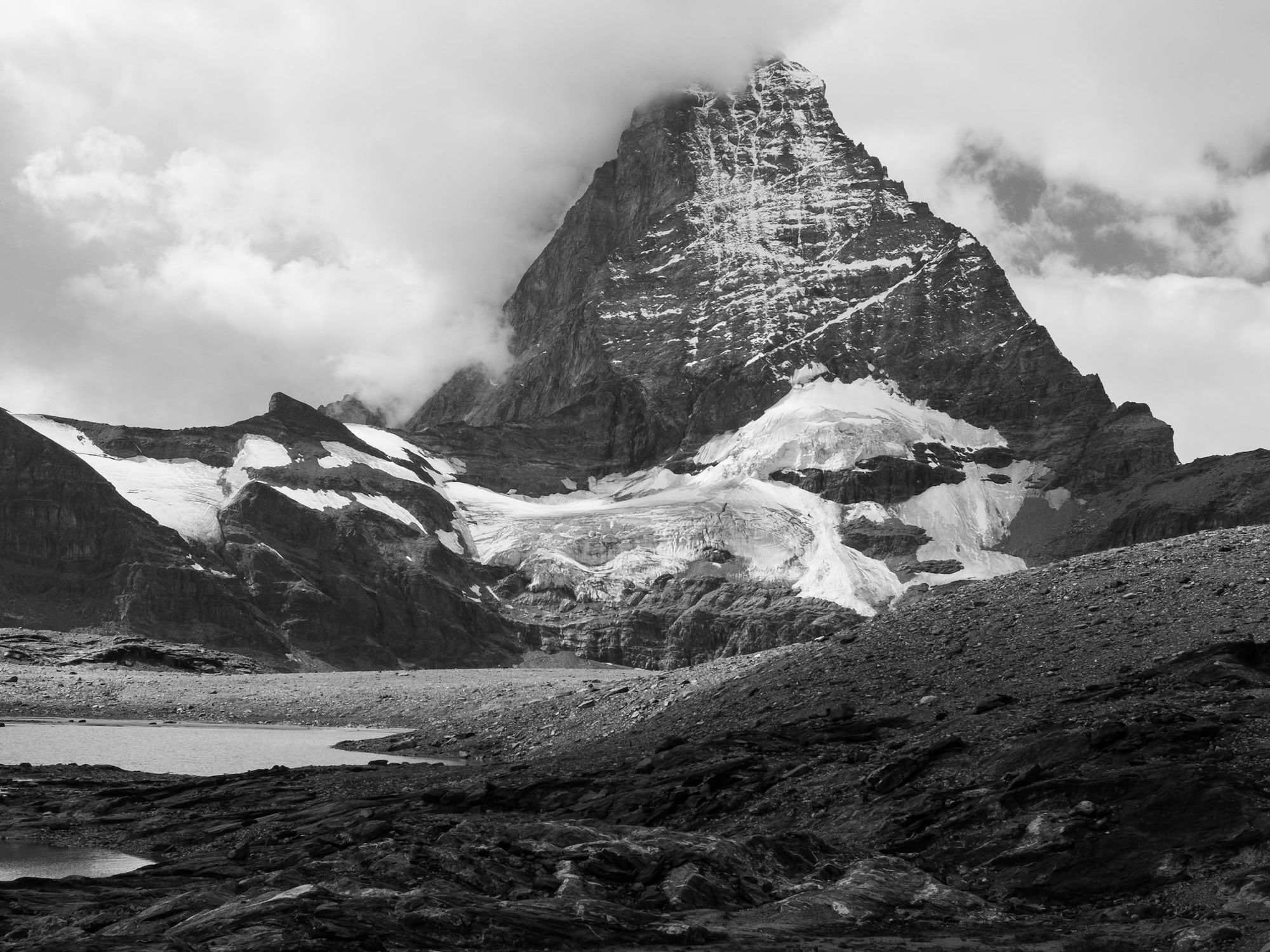
Wherever you roam, keep your camera ready and your eyes open for new creative adventures, and enjoy the journey. I believe the mountains are best savoured on foot, and every photographer can learn and grow by walking a little further from the road – and leaving behind the tripod holes at the usual locations.
Alex Roddie Newsletter
Subscribe here to receive my occasional personal newsletter in your inbox. (For the fun stuff, please consider subscribing to Alpenglow Journal instead!)




